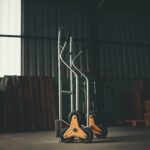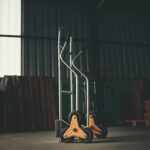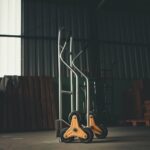Warehouses are a crucial part and parcel of various industries. They are basically large facilities where thousands of raw materials or goods can be stored, which are then exported to various locations for work or sale. That being said, your warehouse’s efficiency can have an immense impact on your entire business, which is why warehouse owners and managers need to buy the right type of equipment. There are many things to consider when shopping for warehouse equipment, and the main ones are:
- It should fit your specific requirements
- It should be versatile and capable of performing multiple functions
- It should be easy to operate and maintain
One piece of equipment that features all of the aforementioned is the stock trolley. Stock trolleys are essential to moving loads easily and safely. If you haven’t shopped for trolleys before, you should first get familiar with the advantages and limitations of all different types so that you can get the right one for your warehouse. Only then will you get improved workplace efficiency and safety.
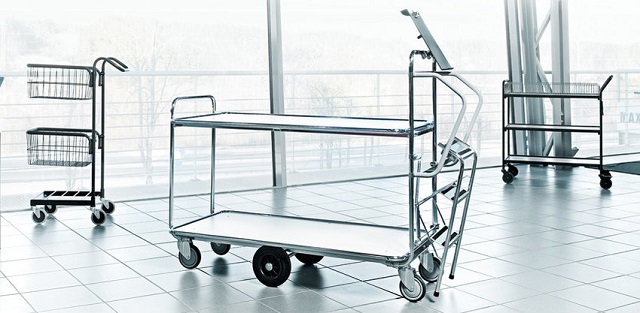
The Advantages of Using a Stock Trolley
Trolleys are versatile pieces of equipment that can be used in a wide range of applications. You can find see them at many department stores, construction sites and warehouses. They come in many different variations, but they all have the same purpose – to allow you to transport goods easily and conveniently. Stock trolleys help reduce workplace injuries related to lifting heavy loads, such as back injuries, neck injuries and injuries from falling. With that said, buying the right trolley for the type of load you’re moving is key.
How to Pick the Right Trolley?
The first thing you need to consider before deciding on the type of trolley you need is the type of goods you’ll be transporting. Are they bulky or not? The shape and weight of the object will determine the platform or shelf size and the necessary loading capacity of the trolley. Are goods sorted or not? Are they in different sizes, are they loose goods that can’t be stacked on top of one another, or are they packed in boxes? Answering these questions can help you determine the size of the trolley, and whether you need a caged model or not.
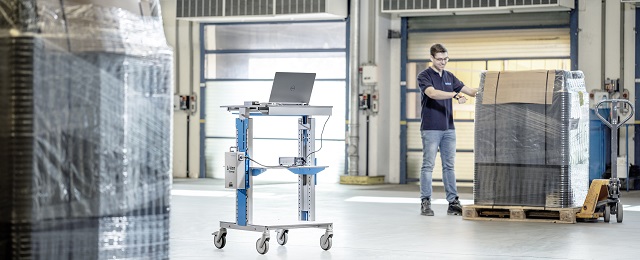
The second thing you need to consider is the environment you’ll be using the trolley in. Do you have elevated access on all of your floors? And are the walk areas and doors wide enough for the trolley to fit through easily? Can you go through product and service lifts with the trolley? All of these answers will give you reaffirm the size and shape of trolleys that are ideal for your facility.
Lastly, you have to consider the trolley’s usability and flexibility. Do you need a trolley that can do a little bit of everything? Can the trolley be adjusted to a specific height or width that you need? Adjustable trolleys are a thing, and ultimately, it’s better to get a flexible and versatile model that you can use for different tasks around the warehouse. As far as usability goes, you need to consider how often you’ll be using the trolley. If it’s on an everyday basis, consider getting one that’s exceptionally reliable and sturdy, made of high-quality materials. Although more expensive, a higher-quality trolley will pay itself out in the long run.
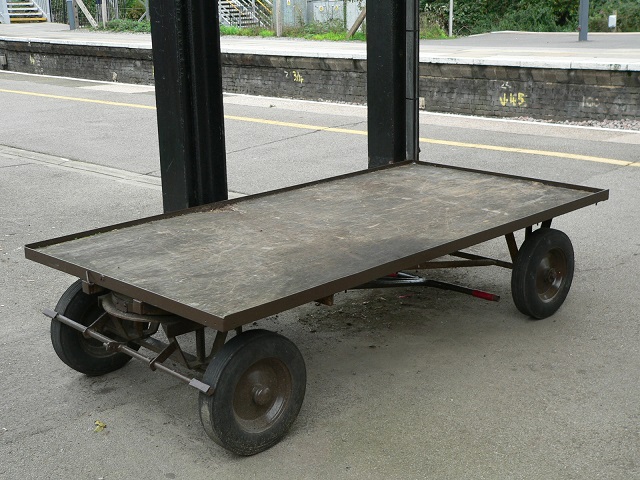
The Most Popular Types of Trolleys
There are a couple of types of trolleys, the most popular ones being foldable platform trolleys, flatbed trolleys and cage trolleys. There are also electric trolleys, which are excluded from this list since they’re more expensive and more difficult to operate. Foldable platform trolleys come in a range of forms that can be used for different applications. For example, the trolleys you’ll see at your local supermarket are much different from the trolleys used at warehouses or those used in homes. Then, there are flatbed trolleys that feature a flat base and a handle at one or both sides for easy handling. These trolleys are extremely popular, as they’re simplistic, yet ideal for stacking and transporting large, bulky objects over a long distance. And lastly, cage trolleys feature a regular base but they’re closed off with a wire mesh. Typically used in factories and warehouses, these trolleys let you stack items up on top of each other, ensuring they don’t fall during transport.
Where Can You Find Trolleys?
Nowadays, you can find a wide range of trolley manufacturers and suppliers, so you’ll have to make sure you pick a trustworthy one that has a history of supplying quality trolleys that are backed with a warranty. There are many online stores you can buy from, where you can compare the different products they offer and pick the most suitable model that fits your specific needs. You can search for trolleys by type, brand, purpose, and then compare the models you have an interest in to see which one would work best for you. This makes online shopping extremely convenient.

